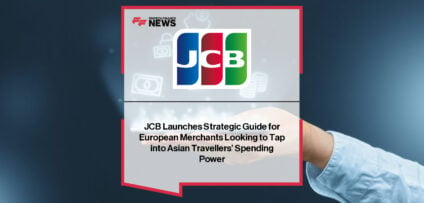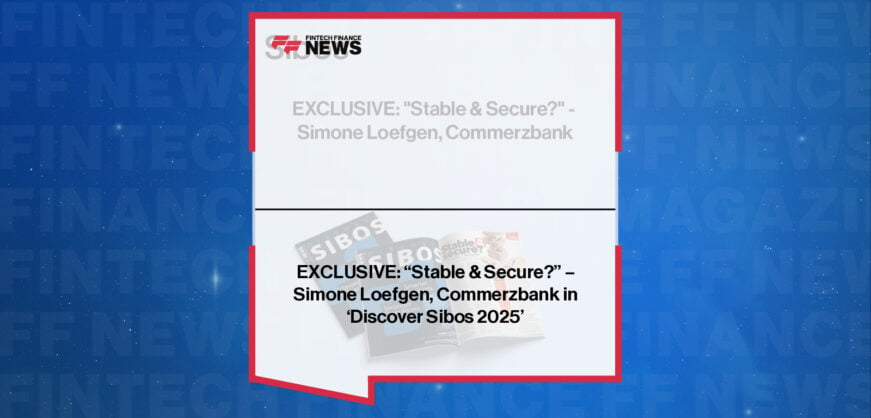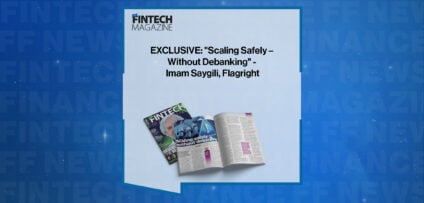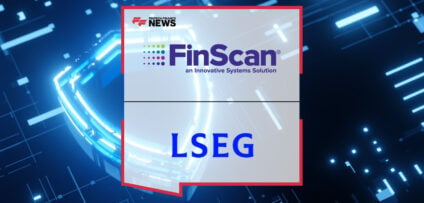Breaking News

New Analysis By Source Reveals Improved Approach To Investing In Commodities
New analysis by Source shows that commodity investors can maximise their risk-adjusted returns by using ETFs that provide exposure to ‘second generation’ indices. These aim to improve performance compared to ‘first generation’ indices by managing exposures across the futures curve and diversifying trading strategies.
‘First generation’ indices are susceptible to the negative roll-yield problem because of an inflexible approach to reinvesting in the futures used to track commodities, as they are restricted to trading the front-month contracts where the futures curve is typically the steepest. ‘Second generation’ indices, however, use a range of tactics to manage the roll process more efficiently, including selecting different contract months or changing the timing of reinvestments, all of which may improve the trading performance.
Source, one of the largest providers of ETFs in Europe, found that the highest risk-adjusted returns of any commodity index over the last 15 years were achieved by the LGIM and DBLCI-OY commodity indices, which delivered Sharpe ratios of 1.35. Other ‘second generation’ indices include the UBS CMCI and BCOM 3M, which recorded Sharpe ratios of 1.28 and 1.17 respectively over the same period (See Table One below). However, ‘first generation’ commodity indices, which do not apply the same strategic flexibilities, had Sharpe ratios of: GSCI (0.46); Rogers (0.43); RJ/CRB (0.26); and BCOM (-0.06), respectively.
Chris Mellor, Executive Director, Equities Product Management, at Source, commented: “The best way to diversify commodity exposure is through a strategy that offers diversity in commodity weighting, trading strategy and investment counterparties.
Second generation commodity indices generally offer better returns with a lower volatility than first generation indices but a diversified combination of indices such as that in the LGIM Commodity Composite Index offers better risk-adjusted performance than any individual commodity index. Such ETFs are the closest thing to ‘smart beta’4 in the commodities arena.
Investors can use multiple investments in individual commodity trackers to diversify their commodity exposure and this also allows them to tailor their exposure to their own views. However, investing in a broad commodity fund is typically cheaper and definitely less effort to manage. Investors can go a step further than this and diversify their exposures across broad commodity indices as each has a different approach and performs differently across the market cycle.”
Investments in commodities have risen sharply this year, with more than US$1 billion of inflows into broad commodity ETFs listed in Europe and more than US$6 billion into physical gold exchange traded commodities. Analysis5 by Source also shows that commodities have been the best performing asset class when interest rates are rising in all such periods bar one since the 1970s.
Chris Mellor added: “Commodities can play an integral role in any diversified multi-asset portfolio, offering an uncorrelated asset class that helps to diversify a portfolio. After a prolonged period of declining prices, commodities have seen a sharp improvement in performance. Commodities are usually the best performing asset class in periods of tightening interest rates because this normally happens when the economy is improving and inflationary pressures are rising, which is a good environment for commodities.”
Table One: Best performing Sharpe ratios of First and Second Generation Commodity ETFs
|
Index |
Annualised Total Return | Annualised Volatility | Sharpe ratio |
| Second generation | |||
| LGIM | 5.62% | 4.2% | 1.35 |
| DBLCI-OY | 5.88% | 4.4% | 1.35 |
| UBS CMCI | 5.35% | 4.2% | 1.28 |
| BCOM 3M | 4.79% | 4.1% | 1.17 |
| First generation | |||
| GSCI | 2.88% | 6.2% | 0.46 |
| Rogers | 2.16% | 5.0% | 0.43 |
| RJ/CRB | 1.22% | 4.6% | 0.26 |
| BCOM | -0.29% | 4.4% | -0.06 |
|
Source: Bloomberg, Jan 2001-May 2016 |
|||
- EXCLUSIVE: “Stable & Secure?” – Simone Loefgen, Commerzbank in ‘Discover Sibos 2025’ Read more
- CBI Drives Verification of Payee Compliance in Italy Read more
- Lastro Secures $15M Series A Led by Prosus Ventures to Scale its AI Agent, Empowering Over 2M Homebuyers Read more
- Evertec Announces Closing of Controlling Stake in Tecnobank, Expanding Product Offering in Brazil Read more
- EXCLUSIVE: “Scaling Safely – Without Debanking” – Imam Saygili, Flagright in ‘The Fintech Magazine’ Read more
















